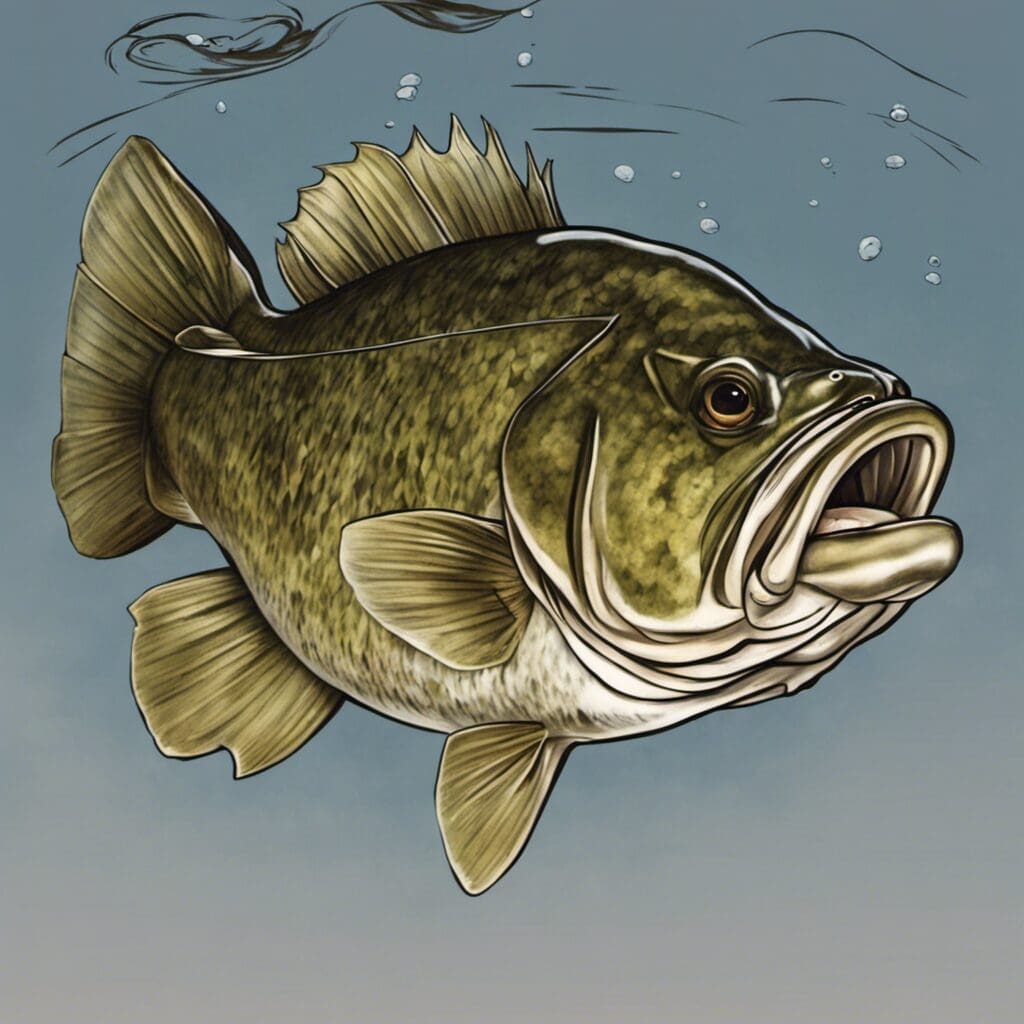Introduction
The Smallmouth Bass, also known as Micropterus dolomieu, is an intriguing species belonging to the Sunfish family. Primarily known as a freshwater fish, it captures the attention of anglers due to its energetic fight when caught.
Conservation Status
The Smallmouth Bass is currently considered to be in the Least Concern category, with no severe threat impairing its survival. Various conservation efforts are being made by fishing enthusiasts and environmentalists to ensure the sustainability of the species, particularly through responsible fishing practices and habitat preservation.
Statistics
| Statistic | Average | Range |
|---|---|---|
| Length | 20 inches (51 cm) | 14-24 inches (36-61 cm) |
| Weight | 4.5 pounds (2.04 kg) | 1-10 pounds (0.45-4.54 kg) |
| Average Lifespan | 15 years |
Distribution
The Smallmouth Bass has its origins in the eastern United States, but its distribution has expanded across North America, including the Great Lakes region, the Ohio River Valley, and South Eastern Canada. It is also found in specific regions of Europe and South Africa where it was artificially introduced. The species does not display any specific migration patterns.
Habitats
Smallmouth Bass prefer clear, cool, and oxygen-rich environments, mostly found in rocky areas of lakes and reservoirs. The depth range tends to vary from shallow waters to as deep as 30 meters, and the preferred temperature range lies between 68-78 °F (20-26 °C).
When and Where to See
The Smallmouth Bass is most active during the warmer months, particularly spring and early summer. The best time of day to spot these species is during early morning or late evening when they come out for feeding.
Best Fishing Locations
Some of the best international angling spots for Smallmouth Bass include:
- Lake Erie, USA/Canada
- Lake St. Clair, USA/Canada
- Green River, USA
- Mille Lacs Lake, USA
- Dale Hollow Lake, USA
If specific locations are not known, look for rocky areas with clear, cool water in lakes or reservoirs.
How to Catch
Anglers often use live bait, such as worms or minnows, to lure in Smallmouth Bass. Popular fishing techniques include fly fishing and trolling. Early morning or late evening in the warmer months is generally the best time to fish.
Identification Guide
The Smallmouth Bass is famous for its brownish-green body with dark vertical stripes and a reddish tint on the eyes. It is often confused with the Largemouth Bass, but the former has a jaw that doesn’t extend beyond the back margin of the eye unlike the latter.
Culinary
Smallmouth Bass is quite popular in the culinary world due to its firm texture and mild flavor. It is a healthy source of protein with low-fat content. It can be cooked in a variety of methods, including grilling, frying, or baking. Recipes often involve a mild marinade or spice rub to preserve the fish’s original flavor.
Additional Information
Smallmouth Bass are aggressive predators and feed on a variety of invertebrates and small fish. Both males and females participate in nesting. Among natural predators, larger fish, birds of prey, and snakes pose threats. Human-induced pollution and habitat loss are significant threats as well.
References and Further Reading
For more details about Smallmouth Bass, consider reading these sources:
- National Wildlife Federation’s Guide on Smallmouth Bass
- ESPN’s comprehensive article on Bass Fishing

